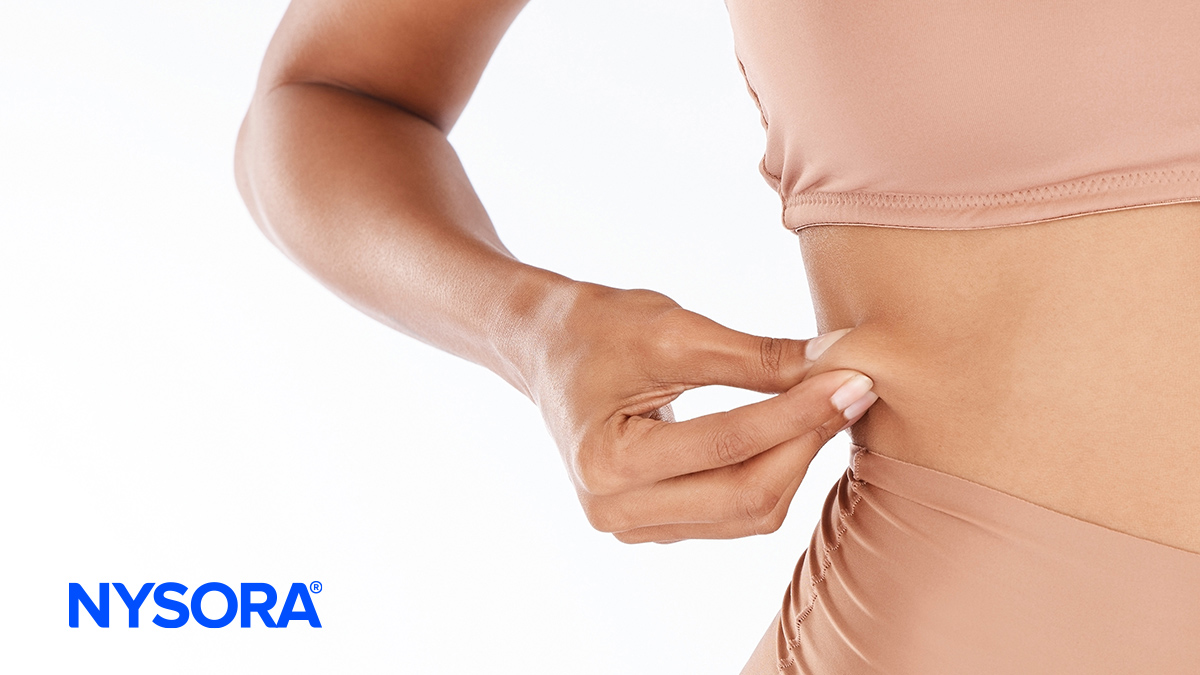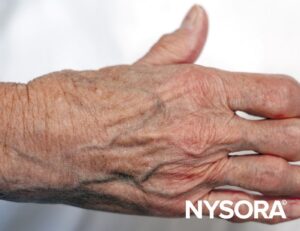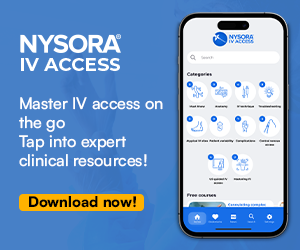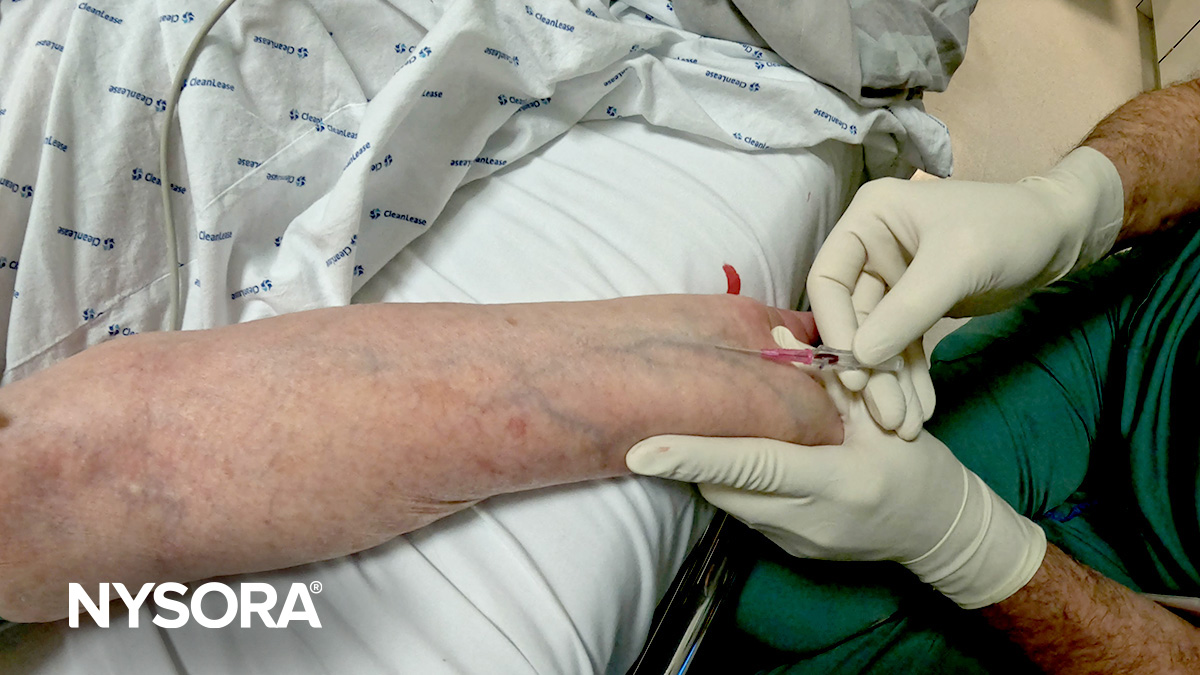IV access in patients with low body weight or a low body mass index (BMI) presents unique challenges for healthcare professionals. These individuals often have less subcutaneous fat and smaller, more fragile veins, making traditional IV insertion more difficult and increasing the risk of complications such as vein damage or infiltration. The reduced vein visibility and palpability require a higher level of skill and sometimes necessitate the use of ultrasound-guided techniques to achieve successful venipuncture. Additionally, these patients may have a higher risk of adverse reactions from fluid overload or medication toxicity, necessitating careful monitoring and adjustment of IV fluid and medication dosages.
Here’s a brief overview of the challenges and solutions to IV access in underweight patients.
Superficial and fragile veins
- Challenge: While more superficial, veins can be fragile and prone to collapse.
- Solution: Choose a smaller gauge needle to reduce vein trauma during venipuncture. Make sure to stabilize the vein before insertion.
Prominent bony landmarks
- Challenge: The prominence of bony structures can make it difficult to stabilize the extremity and find a suitable vein.
- Solution: Use padding or soft supports to provide comfort and secure the extremities. If necessary, explore alternative venous sites.
Reduced venous volume
- Challenge: Decreased total body volume might result in smaller, less distensible veins.
- Solution: Hydrate the patient if appropriate and feasible. Consider using ultrasound guidance to optimize vein selection and reduce the number of puncture attempts.
Risk of hematoma formation
- Challenge: The delicate nature of the veins and surrounding tissues can increase the risk of hematoma formation in underweight patients.
- Solution: Apply gentle pressure immediately after venipuncture and secure the catheter well to minimize post-insertion bleeding. Regularly assess the IV site for signs of hematoma.
IV access in underweight patients can be challenging due to loss of connective tissue and frail veins, as is the case in this elderly patient with low BMI and osteoarthritis.











